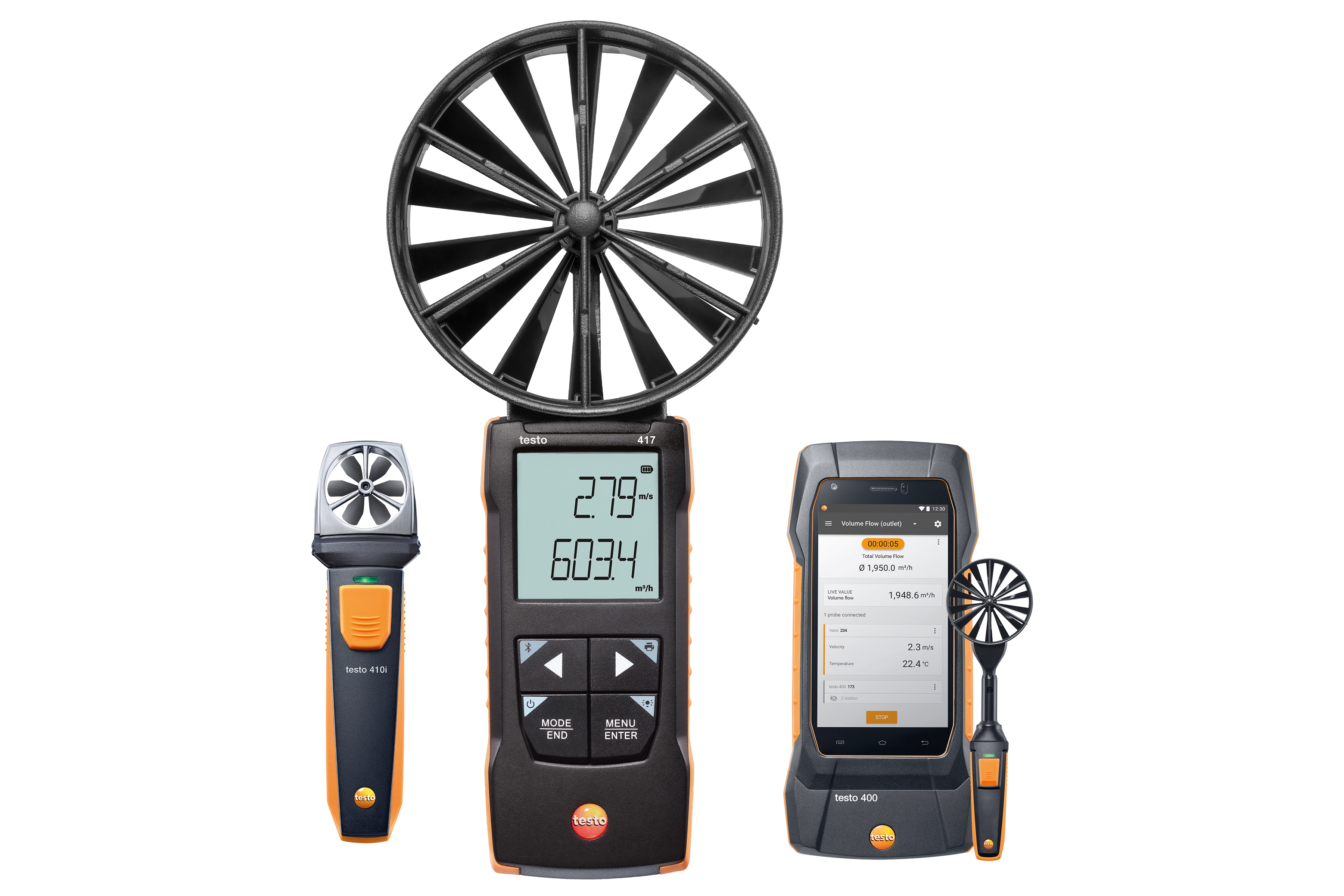Anemometer Innovations: The Most Up To Date Modern Technology for Wind Speed Measurement
Anemometer Innovations: The Most Up To Date Modern Technology for Wind Speed Measurement
Blog Article
Anemometers Unveiled: Comprehending Their Relevance in Ecological Surveillance and Precaution
The role of anemometers in environmental tracking and security actions is commonly undervalued, yet their significance is indisputable. These tools have a long history rooted in clinical inquiry and technical improvements, advancing to end up being necessary tools in different fields. From weather forecasting to aviation safety, anemometers play an important function in providing exact data that notifies decision-making processes and improves overall safety. Understanding the complexities of anemometers introduces a world of crucial insights that are essential to our understanding of the setting and the procedures we take to make certain safety and security.
Background of Anemometers
The evolution of anemometers can be traced back to the ancient worlds where basic wind gauging gadgets were very first made use of. One of the earliest known anemometers was the hemispherical cup anemometer invented by Leon Battista Alberti in the 15th century.
In the 18th century, the renowned researcher John Thomas Romney Robinson introduced the Robinson anemometer, which featured four hemispherical cups mounted on horizontal arms that expanded from a main axis. This layout became a requirement in atmospheric dimensions because of its precision and dependability. For many years, innovations in innovation resulted in the advancement of more modern-day anemometers, consisting of ultrasonic anemometers and laser Doppler anemometers, using raised accuracy and performance in determining wind speed and direction. The history of anemometers showcases a remarkable trip of advancement and progression in the area of weather forecasting.
Sorts Of Anemometers
Throughout the area of meteorology, different types of anemometers have been created to properly determine wind rate and direction. One of the most usual type is the mug anemometer, which consists of three or four cups placed on straight arms that revolve with the wind. As the cups rotate, the rate at which they turn is directly symmetrical to the wind rate. One more commonly used type is the vane anemometer, which includes a tail or fin that straightens itself with the wind instructions. This alignment permits the gadget to establish the wind direction. Sonic anemometers utilize ultrasonic signals to gauge wind speed and instructions accurately. They are typically used in study applications due to their high accuracy. Hot-wire anemometers operate based upon the principle that the cooling result of wind on a heated cable is proportional to the wind rate. These anemometers appropriate for gauging low wind speeds with high precision. Each sort of anemometer has its toughness and is selected based on the details demands of the surveillance job at hand.
Applications in Meteorology
Having gone over the numerous kinds of anemometers utilized in meteorology for determining wind rate and instructions, it is necessary to discover their sensible applications in the area. Anemometers play a vital role in meteorology by supplying real-time and exact information on wind problems (anemometer). Meteorologists utilize anemometers to keep an eye on wind rate and instructions to anticipate climate patterns, concern warnings for severe weather events like storms, typhoons, and twisters, and evaluate weather for aviation safety
In meteorology, anemometers help in understanding regional and regional wind patterns, which are important for forecasting weather condition adjustments and determining climatic patterns. These devices are additionally made use of in study to examine microclimates, city heat islands, and air pollution dispersion. Furthermore, anemometers are utilized in agriculture to maximize crop monitoring techniques, such as irrigation and pesticide application, based upon wind problems.
Value in Air Travel Security
An important element of making certain aviation safety lies in the careful tracking of wind conditions using anemometers. Anemometers play a vital role in aviation by supplying real-time information on wind rate and direction, aiding pilots in making educated decisions throughout liftoff, touchdown, and trip. Unpredictable and strong winds can dramatically affect airplane procedures, making it necessary for aeronautics authorities to rely on accurate wind dimensions to guarantee the safety of passengers and crew.

In the dynamic environment of aviation, where even minor changes in wind rate and direction can have profound effects, anemometers stand as vital devices for promoting secure and safe and secure air travel.
Function in Environmental Study
Anemometers play a crucial duty in ecological research by giving crucial information on wind speed and direction. By accurately measuring wind characteristics, anemometers help researchers analyze the motion of contaminants in the air, evaluate the influence of commercial exhausts, and forecast the spread of impurities in the environment.


Verdict
Finally, anemometers have actually played a vital duty in ecological tracking and safety and security procedures. With a rich background and different kinds available, these tools have actually been extensively used in weather forecasting, air travel security, and ecological study. Understanding the importance of anemometers is vital for find out here properly measuring wind rate and direction, which is vital for forecasting climate patterns, making sure secure aeronautics operations, and conducting ecological studies - anemometer. Their payments to these areas can not be taken too lightly.
One of the earliest known anemometers was the hemispherical mug anemometer developed by Leon Battista Alberti in the 15th century. Over the years, innovations in modern technology led to the growth of more contemporary anemometers, consisting of ultrasonic anemometers and laser Doppler anemometers, offering enhanced precision and effectiveness in determining wind rate and direction. Hot-wire anemometers run based on the concept that the cooling effect of wind on a warmed wire is symmetrical to the wind rate. Meteorologists use anemometers to keep track of wind rate and direction to forecast climate patterns, concern cautions for extreme climate events like cyclones, storms, and twisters, and examine atmospheric problems for air travel safety.
Comprehending the significance of anemometers is crucial for precisely determining wind speed and instructions, which is important for anticipating climate patterns, ensuring risk-free aviation procedures, and carrying my site out environmental researches. (anemometer)
Report this page